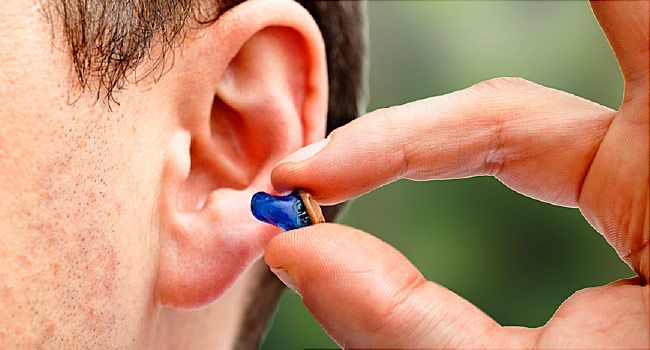An in-ear or behind-the-ear hearing aid is a compact, battery-operated electronic gadget. A person with hearing loss can hear, converse, and engage more fully in everyday activities thanks to this device. Hearing aids can help people hear better in a variety of environments, including those that are both quiet and boisterous. It is estimated that just 1 in 5 hearing aid-eligible individuals actually use one.
One of the most common components in a hearing aid is a microphone, which is connected to an amplifier. Sound is picked up by a microphone and sent to an amplifier, which processes and amplifies the sound. Using a speaker, the amplified signals are delivered to the user’s ears.
What is Digital hearing aid?
There are a variety of options for digital hearing aids customization. Testing results are used to program the hearing aids in accordance with the precise level and pattern of hearing loss found. Automatic volume and programming adjustments are possible with digital hearing aids, allowing the wearer to hear better in a variety of situations.
Benefits of Digital Hearing Aids
Nowadays, there are a wide range of digital hearing aid solutions. Most people with hearing loss, as well as those who have used hearing aids in the past, have expressed dissatisfaction with their devices’ performance in noisy environments. Background noise can be reduced using the following methods:
A number of different audio players
Digital hearing aids come with a variety of listening options built-in. Background noise can range from a lot to almost none, depending on the situation. Automated or manual programme switching is possible with hearing aids that have various programmes. Hearing aids may have remote controls as well.
Technology for directional microphones
This is also a technique for enhancing one’s ability to hear in noisy environments. Those hearing aids that just have one microphone have an omnidirectional operation (meaning sound is picked up from all around). One mic can be pointed directly at the sound source, while the other reduces background noise in a hearing aid with a directional microphone. These hearing aids often contain two microphones.
Digital hearing aids come in a variety of shapes and sizes
Canal hearing aids are more difficult to see since they are worn inside the ear canal. An ITC hearing aid is custom-made for your ear canal. A completely-in-the-canal (CIC) aid is smaller and practically undetectable in the ear canal, making it ideal for those who have difficulty hearing. Both types of hearing aids can benefit those with mild to moderate hearing loss. However, due to their size, they are more difficult to install and remove. Children and adults who have difficulty handling small objects should not use this form of hearing aid. IIC aids are practically undetectable to the naked eye. You may wear it for a few months at a period, or you may wear it every day.
There are two types of in-the-ear (ITE) hearing aids. The electronics are protected by a durable plastic casing. They’re excellent for those with medium to severe hearing loss, but they don’t work as well for children who have ears that are still developing.
Last words
Moreover, if you’re looking into the perfect pair of lenses here either for you or your known-one Ortho-K will be your best and great choice here to choose and go through. Eyepratice.com provides the best platform here for two main things, first is a digital hearing aid machine and the second one of Ortho-K lenses.



